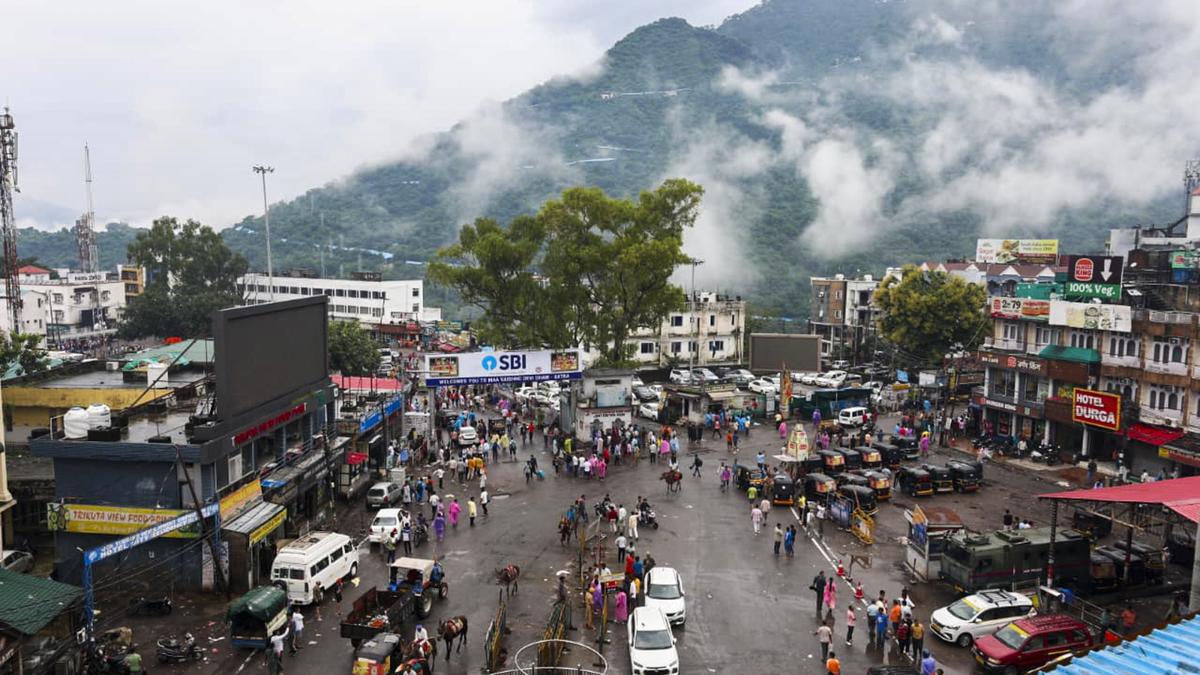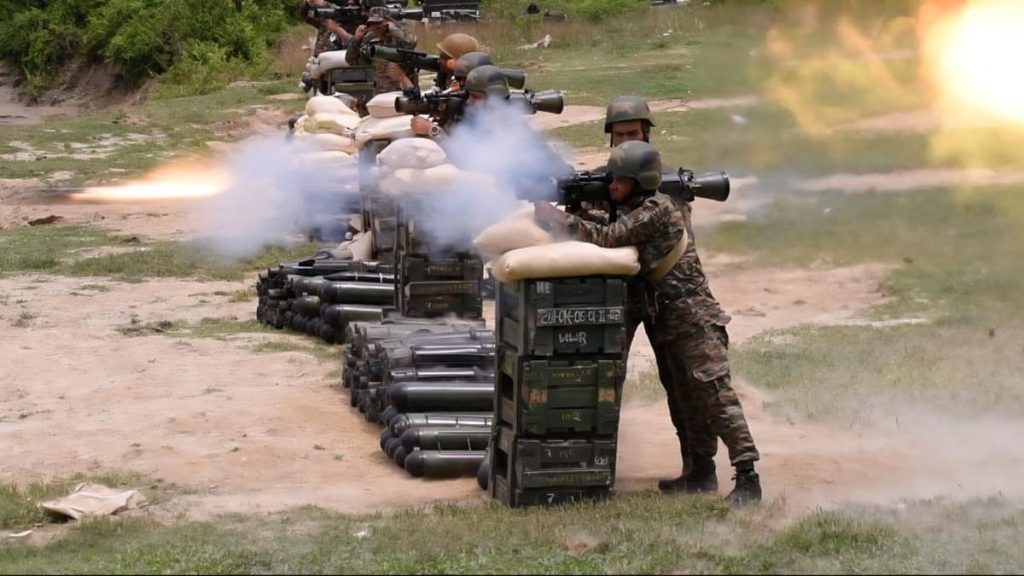Now Reading: L-G Orders Probe into Vaishno Devi Landslip Tragedy Killing 34
-
01
L-G Orders Probe into Vaishno Devi Landslip Tragedy Killing 34
L-G Orders Probe into Vaishno Devi Landslip Tragedy Killing 34

Rapid Summary:
- A landslide during the Vaishno Devi pilgrimage on August 26, 2025, led to 34 reported deaths and over 13 injuries in reasi’s Katra district, Jammu & Kashmir.
- J&K Lieutenant Governor Manoj Sinha convened a three-member committee, chaired by Additional Chief Secretary of Jal Shakti Department, to investigate the incident. The committee will examine causes, assess responses, and recommend safety measures. Its report is due within two weeks.
- Shri Mata Vaishno Devi Shrine Board (SMVDSB) stated the disaster occurred near Indraprastha Bhojanalaya on an old track site historically considered safe. A sudden cloudburst triggered the landslide at approximately 2:40 p.m., described as unprecedented.
- As per SMVDSB, weather conditions initially appeared conducive for pilgrimage. Registrations were halted following a moderate rain forecast later in the day; most pilgrims had completed their darshan by then while others waited at designated sheds along safer zones of the track.
- Criticism was raised regarding decision-making amidst adverse weather warnings. J&K Chief Minister Omar Abdullah and National Conference (NC) leader Ajay Kumar sadhotra called for accountability and demanded judicial inquiries into perceived lapses in precautionary measures.
- Civil societies such as Jammu High Court Bar Association also sought an investigation into safety management issues.
Indian Opinion Analysis:
The tragic landslide underscores critical vulnerabilities in disaster management protocols for large-scale pilgrimages like Vaishno Devi.While SMVDSB argues that historical safety data justified its procedures before decisions were impacted by sudden weather changes out of their control (“force majeure”), critics point to administrative lapses tied to timing and response readiness amid documented inclement conditions.
This incident could prompt broader discussions on establishing more stringent Standard Operating Procedures (SOPs), including proactive suspension policies tied explicitly to early-stage advisories rather than post-event assessments. It also highlights gaps in real-time meteorological prediction infrastructure critical for areas prone to unpredictable natural calamities.
Given previous tragedies (e.g., stampede incidents), it appears necessary not only for structural reforms but enhanced protocols balancing religious access with risk mitigation frameworks designed holistically given India’s prominent pilgrimage tourism sector overall interacting under social sensitivities cultural relevance trust metrics scaling among expectations future evaluated practices patterns informed buildout keys reassured decisively confidentiality towards finalizing pathways relevant movements decisive integrity fair assurance credibility commitments ensured thorough.rn
























